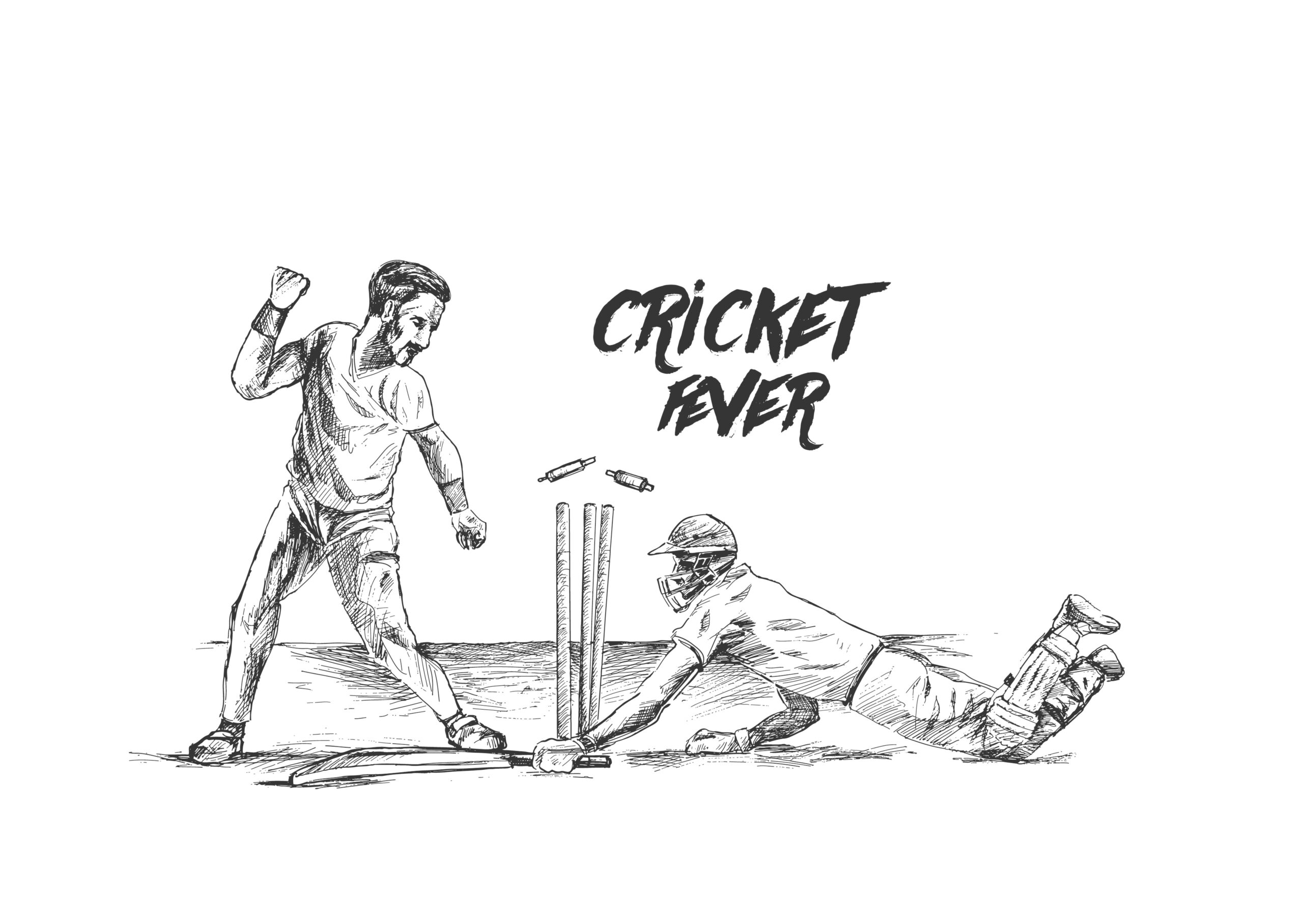
Cricket, often likened to a game of chess, is a sport that demands not only skill but also meticulous planning and execution of strategies and tactics. Teams employ a wide range of strategies in batting, bowling, and fielding to outmaneuver their opponents. In this article, we will delve into the intricate world of cricket strategy and tactics, analyzing the approaches used by top teams to gain the upper hand.
Batting Strategy
1. Opening Partnerships:
- The choice of opening batsmen sets the tone for an innings. Teams often select technically sound and aggressive openers to provide a solid foundation or capitalize on the powerplay in limited-overs formats.
2. Building Partnerships:
- Building partnerships is a key batting strategy. Batsmen work in tandem to rotate the strike, find gaps in the field, and put pressure on the bowlers. A strong partnership can demoralize the opposition and build a substantial total.
3. Power Hitting:
- In limited-overs cricket, power hitting is essential during the middle and late overs. Batsmen focus on clearing boundaries and maximizing run-scoring opportunities.
4. Tail-End Contribution:
- Tail-end batsmen aim to contribute valuable runs. In Test cricket, they are often tasked with surviving challenging spells of bowling to support the top order.
Bowling Strategy
1. Variation and Swing:
- Bowlers use a variety of deliveries, including seam movement, swing, spin, and pace variations, to deceive batsmen. They exploit the conditions, such as pitch and weather, to maximize their effectiveness.
2. Line and Length:
- Maintaining the right line and length is crucial. Bowlers aim to consistently land the ball in areas that challenge the batsman’s technique and judgment.
3. Field Placements:
- Field placements are carefully orchestrated to complement the bowling strategy. Captains and bowlers work together to create pressure on specific batsmen and induce mistakes.
4. Reverse Swing and Spin:
- In the latter stages of an innings, bowlers use reverse swing (in limited-overs cricket) or spin to take wickets and control the scoring rate.
Fielding Strategy
1. Catching and Fielding Positions:
- Teams focus on sharp catching and optimal fielding positions to save runs and create opportunities for run-outs and wickets.
2. Pressure Building:
- Fielders often employ tight fielding to build pressure on batsmen. The dot-ball pressure can force batsmen into making mistakes.
3. Innovative Field Placements:
- Teams use innovative field placements, such as leg slips, short leg, and catching positions, to target specific batsmen’s weaknesses.
Strategies by Format
1. Test Cricket:
- In Test cricket, the focus is on building partnerships, patience, and attrition. Teams aim to wear down the opposition over long periods, both with bat and ball.
2. One-Day Internationals (ODIs):
- In ODIs, teams emphasize a balance between scoring runs and taking wickets. The powerplay, middle overs, and death overs require specialized strategies.
3. Twenty20 (T20):
- T20 cricket demands aggressive batting, often with a focus on boundary hitting. Bowling and fielding tactics aim to limit scoring opportunities and force errors.
Adaptation and Innovation
Cricket strategy and tactics are not static; they evolve with changing conditions, opposition strengths, and formats. Successful teams and players are those who adapt and innovate. Captains play a pivotal role in orchestrating strategies, reading the game situation, and making quick decisions.
In conclusion, cricket is a complex and dynamic sport that combines skill, psychology, and strategy. Teams continually refine their strategies to outwit their opponents, and success often depends on how well they execute their plans. Whether it’s the careful building of partnerships, the use of subtle variations in bowling, or the agility and precision of fielders, cricket strategy and tactics are the chess moves that make the game an enduring spectacle of skill and strategy.
Leave a Reply